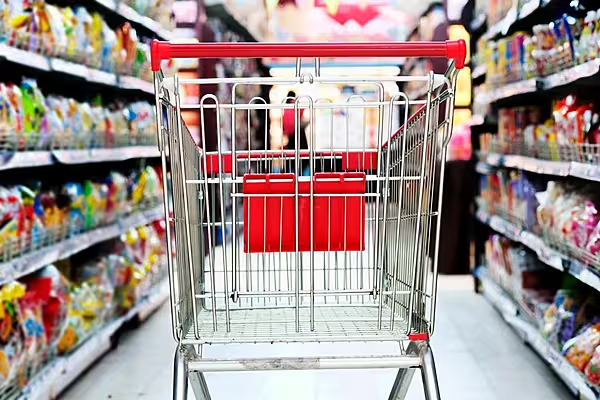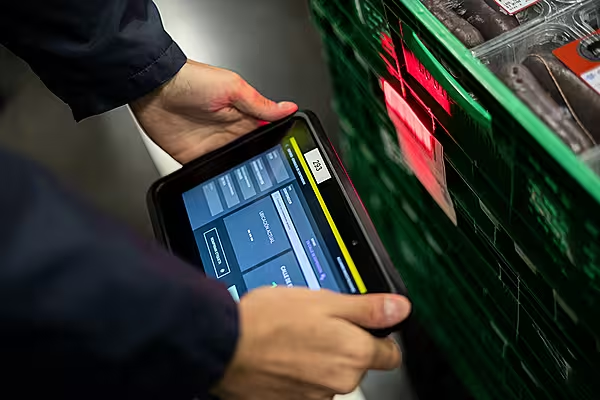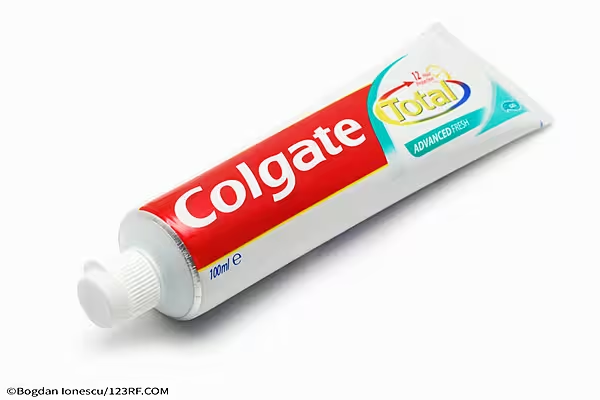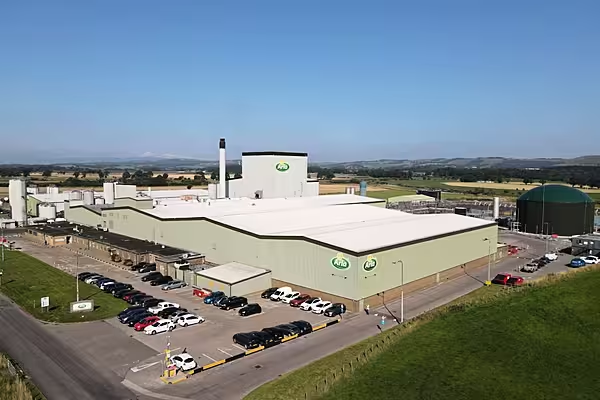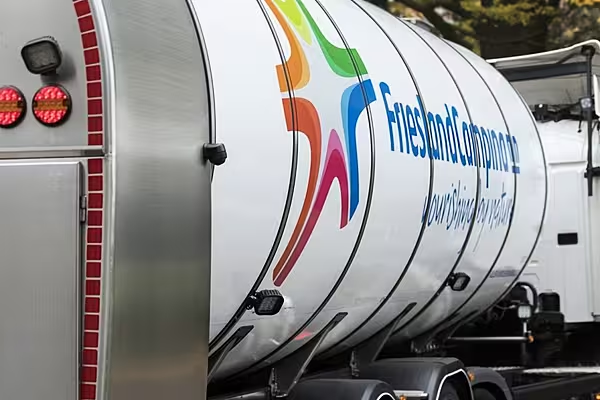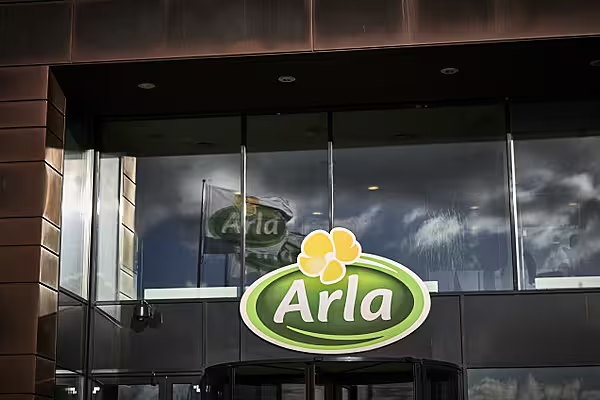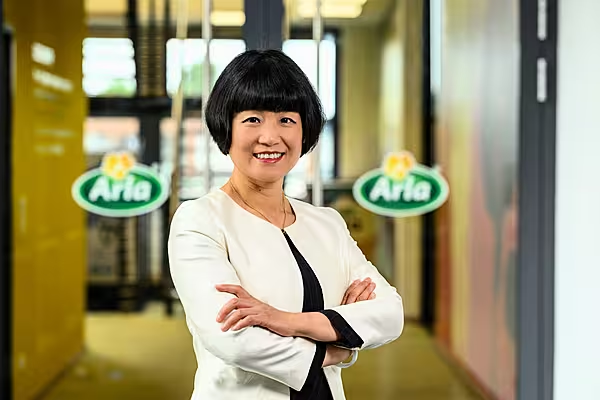Did you know that more than three in ten shoppers steer clear of self-service checkouts when they are purchasing fresh products? It’s a startling fact, right?
Many customers feel that purchasing produce that is priced by weight or quantity, such as fruit, vegetables, or other loose ‘non-bar-coded’ items, is sometimes complicated and time consuming – exactly what you don’t want when you’re trying to check out and pay.
The process of scrolling through the picklists to find the right category, variety, or type of product is sometimes a complex and time-consuming task – every retailer has its own way of categorising its produce, and it’s not always easy to find the variety of carrots that you picked up.
One of our recent customer surveys determined that it takes, on average, ten to 15 seconds for a customer to select a single loose produce item from a picklist.
Now think about an average shop and the amount of produce items that customers buy. The more items a customer buys, the more time the transaction takes, the slower the checkout process is, and the more queues build up.
There’s also a lot of margin for error – an aspect with which many customers don’t feel comfortable. No one wants to be accused of being dishonest.
It is a vicious circle – but there is a solution that offers a more convenient, faster and easier way to buy loose produce items.
Computer Vision item recognition: This revolutionary new technology removes those barriers to checkout and enables customers to seamlessly and easily handle non-bar-coded fresh fruit and vegetables, along with other non-bar-coded items with ease.
A camera placed on top of the scanner/scale of the self-service device, in combination with sophisticated algorithms, identifies the type of produce item or the quantity and allows the customer to select the right item with the touch of a button, removing the need for the customer to find the item by him/her/their self.
The effects for customers and retailers are amazing:
- Customer experience improves: The technology eliminates the issue of searching a long list of produce to find the desired item. This makes the process less complex, and customers will no longer feel anxiety or experience frustration when checking out with loose items.
- Efficiency increases: This technology can reduce the average time to select the right item from the picklist to three seconds per item, enabling each transaction that includes a loose item to be seven to 12 seconds faster than it would have been before.
- SCO transactions accelerate: Up to 33% more customers with loose items can use self-service solutions, given that three out of ten customers with loose, non-bar-coded items currently choose not to finalise their shopping using self-service solutions.
- Throughput rises: As several security and help request interventions can be eliminated, overall interventions can be reduced by up to 45%. Faster transaction times and fewer interventions will inevitably lead to a higher number of transactions in stores – and, more importantly, less queueing.
- Stock accuracy improves: By using AI technology, any unintentional mistakes or any intentional malicious behaviour by customers will be eliminated by automating the item selection process.
Computer Vision item recognition simplifies the checkout process for the customer, reducing complexity, increasing the speed of the transaction, and improving the ease of use.
Customers get a better in-store experience and a quicker checkout experience. It also reduces the complexity for staff, reducing interventions and freeing them up to help customers. All this delivers a better shopping experience and a differentiator for any retailer who deploys it.
If you want to learn more about Computer Vision, please visit our website.
This article was written in partnership with Diebold Nixdorf.



